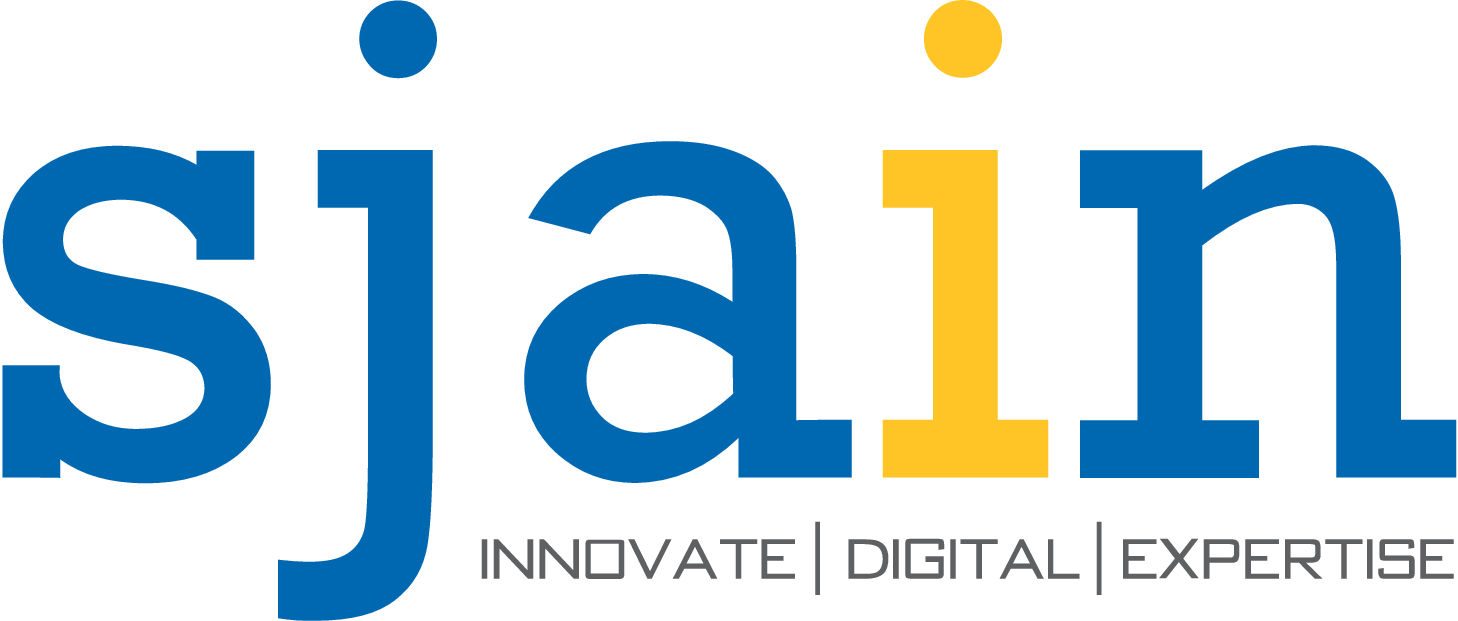5 major changes that the technology sector face after covid-19
Long before schools were closed, workers were forced to operate from home and under the weight of Netflix’s binge-watching strained internet; digital technology was transforming the modern world. How fast the changes came depended on what aspect of our culture was disturbed.
Now, these changes are accelerating, by preventing a virus for which mankind has no natural immunity. The Internet has been a vital factor in dealing with the pandemic coronavirus. And when this is over — whenever that might be — we’re going to come out of this improved, more dependent than ever on communicating.
The full impact of the COVID-19 pandemic is still unfolding, but it is already clear that the epidemic will cause major changes in the technology industry, which has already been called upon to maintain social community and cooperation in the workforce while billions of people are forced to stay home under a range of lockdowns. Let’s discuss the five major changes that technology has to face after the covid-19 effect.
Massive Digitization
Online businesses and customers are rapidly embracing online banking, video conferencing, remote education, video calls, ecommerce and more. People who have avoided online services should lose their cynicism, as the virus underlines how important the network is when connections are interrupted. Households without the internet (believe it or not, millions of these are) are going to cave and get support. For those already technologically savvy will improve on their online habits.
The 5G Shortfall
The transition in towns and cities over the new generation 5 G networks would be postponed. Network providers buying 5 G infrastructures would be scaling back and struggling with decreased demand. The telecom equipment supply chain, meanwhile, has been disrupted.
The same happens in factories, warehouses and shipping terminals for 5G’s debut. It is a big blow to businesses that have been planning to improve profitability by improvements to the wireless network of a company. The implementation of global 5 G specifications has been stalled, slowing up an upgrade critical to industrial applications, such as linking thousands of sensors and developing private wireless networks that can be sliced and diced for specific consumers.
Rising Telehealth services
Demand will grow for telehealth services given a jolt in response to the outbreak by loosened regs. Virtual physician visits and other ways of remote monitoring will help alleviate a bottleneck in hospitals, providing more care to more. More nursing homes and households can seek connected health apps, ranging from wearable fitness trackers to wireless monitoring systems that can monitor movement and falls.
Biometric will go high-tech
Biometric fingerprint readers should see a steep decline as they depend on users to touch a computer or screen physically. This, when an infectious disease is spread on shared surfaces, raises major red flags. Also daily deep cleaning does not convince many people to press mutual fingerprint readers. Detection of contact-free facial and iris will undergo a burst of interest. The methods are widely used at the airports by law enforcement, border control and. India, whose national identification scheme relies heavily on fingerprints, faces the bleak possibility of a pandemic. The country has had to curb the use of the tech.
Virtual Reality gets a hit
Smart glasses will see new demand as travel constraints keep hampering company. The most famous will be glasses with video cameras, and see-through lenses overlaying digital material.
The smart glasses have the ability to add schematics and other information on how-to, allowing even novice staff in a hurry to complete tasks. Microsoft is the industry leader in specialized AR technology. Its will find uses that enable better remote work by creating lifelike virtual meetings on jobsites or in the office.
A side effect of the ongoing and huge work-from – home experiment: This will plant the seeds for better telework technologies as computer coders are forced to use the devices of today at home. Many of them aren’t going to like those apps, and create their own. Investors would be more open to teleworking start-ups, because they are more concerned with remaining competitive for large and small businesses.
The coronavirus pandemic is already seen as this generation’s tale, and it will have a lasting impact. Many of those modifications include linked technology. Somewhere we know if there is a setback for few things, many things will also rise up to their full potentials.

